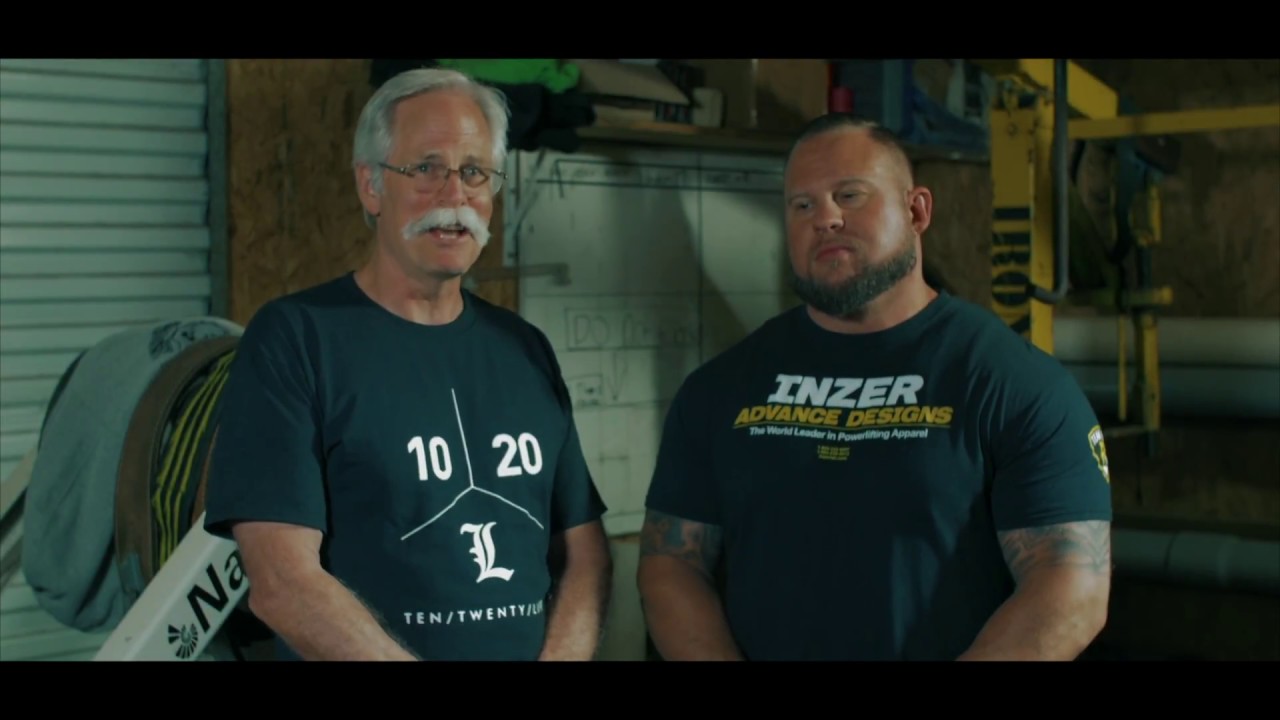
02 Feb Stop bastardizing McGill’s work Part 1
In this series of articles, I will give myself 30min to write about a topic – a rough draft to published. It will be rough and straight to the point. Let’s see how a few of these go and if I have any friends left after this period of time.
Most of you by now have heard of Dr. Stuart McGill. He’s been the man for decades and worked with THE best athletes on the planet and fixed them. Dr. McGill and I connected almost 8 years ago. He and I are best friends, business partners and talk often. We wrote Gift of Injury in 2017, which is the story of our meeting, and how he helps me get back to top shape for powerlifting after a pretty significant back injury. He’s helped thousands of people do this, not just me.
Over the last 8 years, many powerlifters have really started to utilized McGills work, and this is good. But the bad part is when things are taken out of context and/ or misused and then sadly, everyone loses. In part 1, I’m going to stick with this for today: his method being oversimplified, taken out of context, and completely misunderstood.
The McGill big 3 is a 3-pronged 360degree core bolstering system that Stu has organized and studied for many years. He didn’t invent the 3 exercises, he coordinated them to work together and dubbed them “the McGill big 3.” Heads UP: First of all – the McGill method is NOT the McGill big 3 exercises. “I’m doing the McGill method.” No, you’re not.
The McGill method is much more than the 3 ‘big’ exercises. Unfortunately, most people don’t know this because they truly have not read his body of work, only have heard or learned enough to be ‘dangerous’, and/or only read headlines or follow youtube geeks. The big 3 will be next week’s rant, don’t worry.
In a quick summary that does not do his 31 years of research in the lab/clinic/training center justice, the McGill method is about a very complex, specific, and thorough 3-4HR assessment of an athlete that identifies back pain triggers, postures, and movements that cause pain, then creative and clever ways are found to remove the triggers and find pain-free movement. And after being pain-free for an extended period of time – this allows one to expand the pain-free movement and lifting capacity while building resilience slowly through special exercises. There is no rushing this, there is no magic bullet. It’s about adaptation and biology. It can take years for a back injury to heal. You can’t fast forward this type of adaptation.
I’ve been a McGill Method Florida provider for a while, and been working with Stu for 8 years, and have read all of his books countless times and I’m still learning each time I go back through his research. I still have a lifetime of learning to do, so does your coach/chiropractor/lifting idol who just learned about McGill last week and is now an expert on his methods. I highly suggest you read his books if you want to take your game to the next level.
Brian Carroll
Latest posts by Brian Carroll (see all)
- Quick Rant: Core Exercises - July 26, 2024
- Physical Therapy Fails for Back Pain - July 25, 2024
- Quick Rant: Physical Therapists - July 19, 2024





Sorry, the comment form is closed at this time.